New Sick Twin-beam Sensor Reliably Detects Challenging Objects
25th September 2012
Source:
SICK (UK) LTD
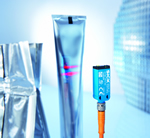
Difficult shapes, flat or transparent objects that have previously defied reliable detection can now be seen clearly with the new MultiLine photoelectric sensor from Sick UK. The MultiLine ensures a stable and continuous detection signal from the leading to the trailing edge of a product, even when surfaces are glossy, flat, or contoured.
The Sick MultiLine uses innovative twin light-beam technology for consistent detection of difficult objects that single beam sensors frequently fail to detect. The sensor’s innovative design reduces the risk of machine downtime by eliminating false signals, leading to improved productivity.
Glossy or dark surfaces, low profiles without obvious starts or finishes, textures, uneven and contoured outlines, can all be detected by reliably eliminating false signals to improve productivity.
“With MultiLine we have combined two photoelectric sensors with an integrated logic evaluation program within one housing,” says Phil Dyas industrial sensor product specialist for SICK.
“By using two parallel light lines arranged vertically, to continuously detect objects, the SICK MultiLine avoids the fluctuations and loss of signal caused by reflective or transparent objects when only one spot is available.”
The MultiLine detection phase starts when both lines detect the object and detection stops when both no longer signal the object, from leading edge to leaving edge. No complex software is required to reduce and suppress false signals.
With MultiLine, a greater object throughput is possible, as objects may be placed on the belt with smaller gaps between them, improving productivity. Additionally, changeover between lines is speeded with less downtime, as the sensor repositioning is usually not required to achieve detection when changing to products with different profiles.
MultiLine is simple to set up, with a button-controlled single teach-in, a scanning range of 5 – 120mm and a standard three pin, M8 connector.
Glossy or dark surfaces, low profiles without obvious starts or finishes, textures, uneven and contoured outlines, can all be detected by reliably eliminating false signals to improve productivity.
“With MultiLine we have combined two photoelectric sensors with an integrated logic evaluation program within one housing,” says Phil Dyas industrial sensor product specialist for SICK.
“By using two parallel light lines arranged vertically, to continuously detect objects, the SICK MultiLine avoids the fluctuations and loss of signal caused by reflective or transparent objects when only one spot is available.”
The MultiLine detection phase starts when both lines detect the object and detection stops when both no longer signal the object, from leading edge to leaving edge. No complex software is required to reduce and suppress false signals.
With MultiLine, a greater object throughput is possible, as objects may be placed on the belt with smaller gaps between them, improving productivity. Additionally, changeover between lines is speeded with less downtime, as the sensor repositioning is usually not required to achieve detection when changing to products with different profiles.
MultiLine is simple to set up, with a button-controlled single teach-in, a scanning range of 5 – 120mm and a standard three pin, M8 connector.
Similar articles
More from SICK (UK) LTD
- SICK’s deep learning brings simplicity to AI inspection 13th October 2020
- Capacitive level sensor provides a non-contact solution 25th September 2020
- SICK switches up its cylindrical inductive safety offering 19th May 2020
- Conquering new frontiers with world’s smallest safety laser scanner 8th January 2020


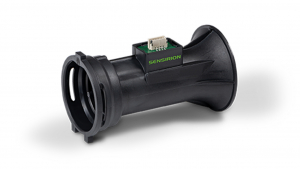
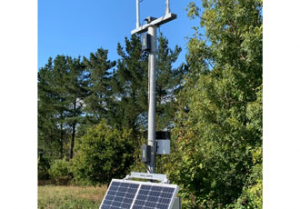
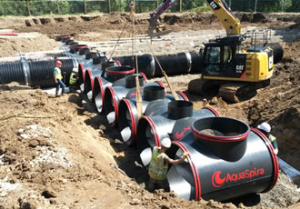
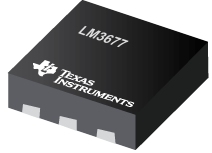

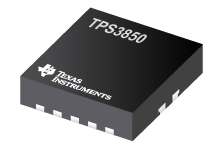
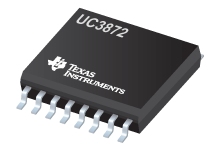

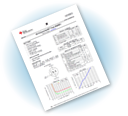

Write a comment
No comments